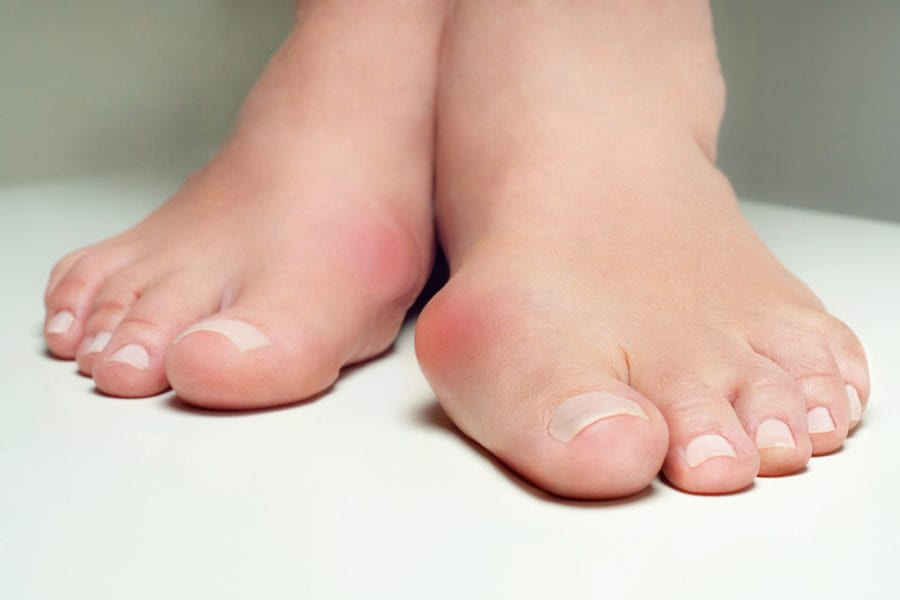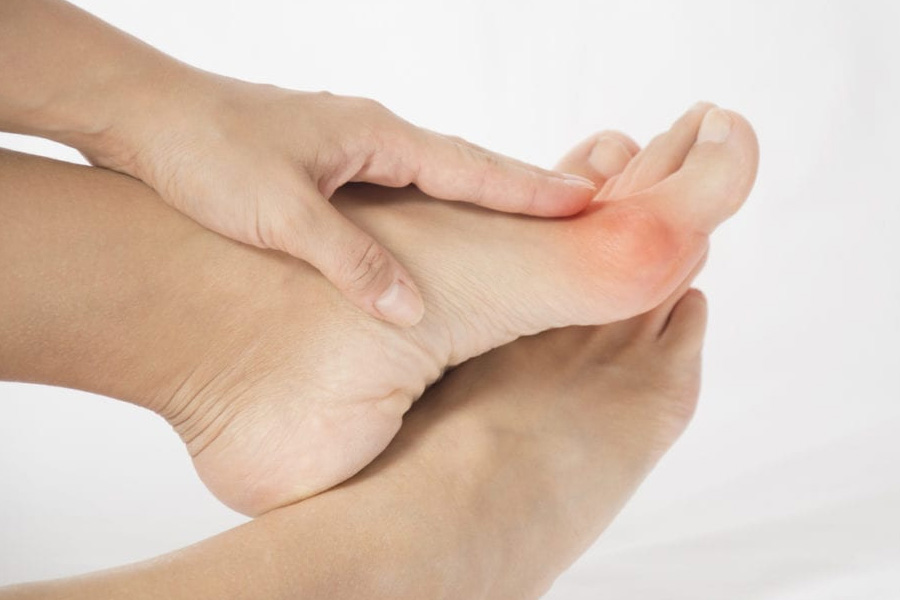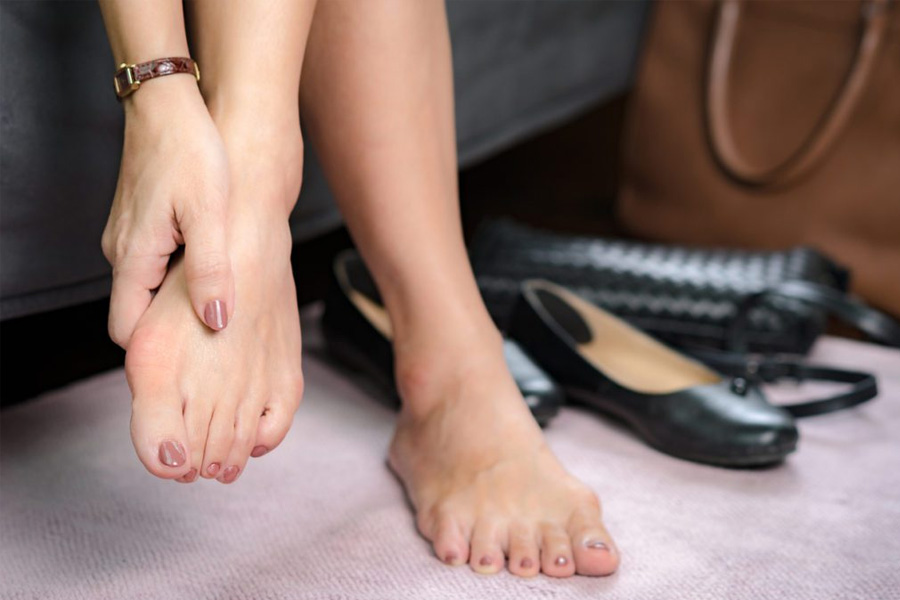Do you have a bony bump on the outer part of your big toe? While you might dismiss it as a bunion at first glance, that may not always be the case. Some foot problems appear similar to a bunion but need further assessment and treatment from a foot doctor.
What Are Bunions?
Bunions are bone and soft tissue deformities on the base of the big toe. Bunions can be hereditary. However, some people develop bunions when they wear tight or pointed shoes or suffer a foot injury.
Aside from a bulge on the side of the big toe, bunions are accompanied by redness, pain, and swelling around the joint. When your big toe comes in contact with the second toe, calluses can also develop. These symptoms are similar to other foot conditions, making it difficult to tell them apart.
Big Toe Conditions Often Mistaken For Bunions
Even though they are small joints, there are many reasons why bunion-like bumps can develop on the toes. These bumps could be either bony or watery when you inspect them. They could be inflamed. Here are some of the problems of the big toe that may look like bunions:
Osteoarthritis (OA) Of The Big Toe
Osteoarthritis is a degenerative joint disease that damages cartilage and bone in a joint over time. Left untreated, it can cause bones to rub against each other, making it painful to move the joint. Over time, the joint may develop a lump that resembles a bunion.
Rheumatoid Arthritis (RA) Of The Big Toe
Rheumatoid arthritis happens when your immune system mistakenly attacks the protective lining of your joints. RA often begins attacking the smaller joints in the hands and feet first. It can cause your big toe to swell and become painful to move. Eventually, more deformities like bunions can form.
Because RA of the big toe can cause bunions, these two conditions share several similarities. In particular, bunions of both origins have similar angles of deformity. However, unlike idiopathic bunions, bunions caused by RA also affect the joints of other toes, not just the big toe.
Gout
Gout is another form of arthritis that happens when uric acid builds up. These uric acids turn into urate crystals in your joints. These crystals rub against the joint, making it very painful and swollen. These bulging urate crystals may appear very similar to a bunion.
Bursitis
Inside some joints, we can find a fluid-filled sac called a bursa. A bursa cushions the bones and soft tissues to keep them from rubbing against each other. However, just like our joints, these bursae can get inflamed, too. They can make your toe joint look swollen and red. However, unlike bunions and arthritis, bursitis feels softer when touched.
Ganglion Cyst
Not all lumps that can form on your big toe are inflammatory. Cysts are an example. Just like bursitis, ganglion cysts are fluid-filled and soft when touched. This fluid is thick and spongy, just like the lubricating fluid found inside joints. Because of their texture, it may be easier to tell them apart from bony bunions.
Correct Diagnosis Of Your Big Toe Issue
A podiatrist or a foot doctor uses different tests to diagnose foot conditions. To receive the most appropriate treatment, you need a thorough and complete evaluation. Having a correct diagnosis can keep you from worsening your deformity due to a lack of adequate treatment.
Foot specialists often use imaging techniques like X-rays and CT scans. The results from these tests can help them learn if the bump on the toe is a bunion or something else. These tests can also tell the severity of the condition.
Aside from imaging techniques, your foot doctor might also want to check other aspects of your health. For example, getting a blood test can help measure white blood cells and uric acid levels in your blood.
Bunion Specialists In Cincinnati, OH
Finding the correct diagnosis for your foot condition is a must. If you want to achieve the best outcomes for your foot health, you’ll need to consult with an expert. Our team of podiatrists at Cincinnati Foot & Ankle Care has years of experience diagnosing and treating foot-related disorders, including bunions.
Don’t wait for your foot problem to get worse — whether it’s bunions or something else. To schedule an appointment, contact us at any of our 18 clinics nearest you. You may also fill out our online appointment request form. Together, let’s keep your feet moving!




